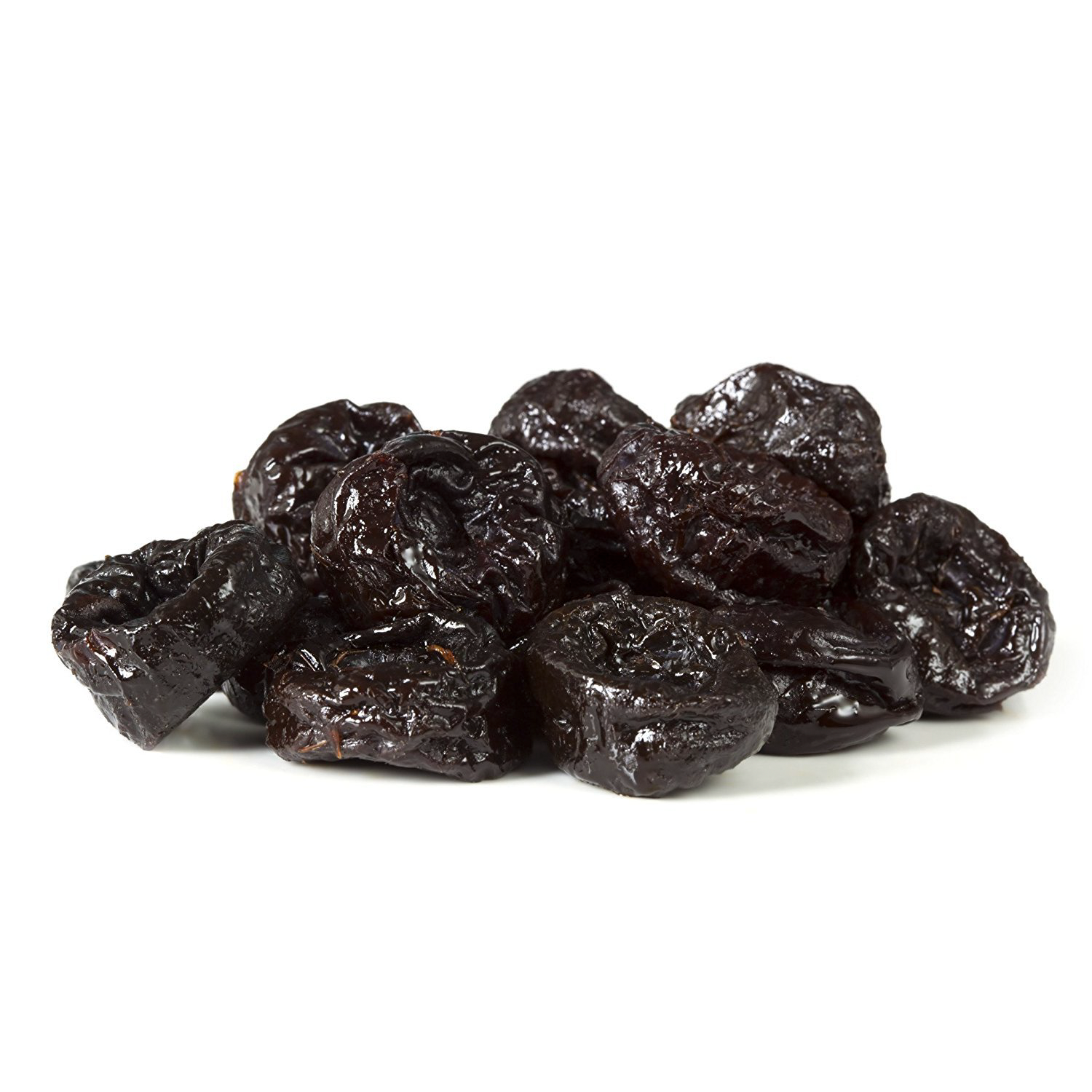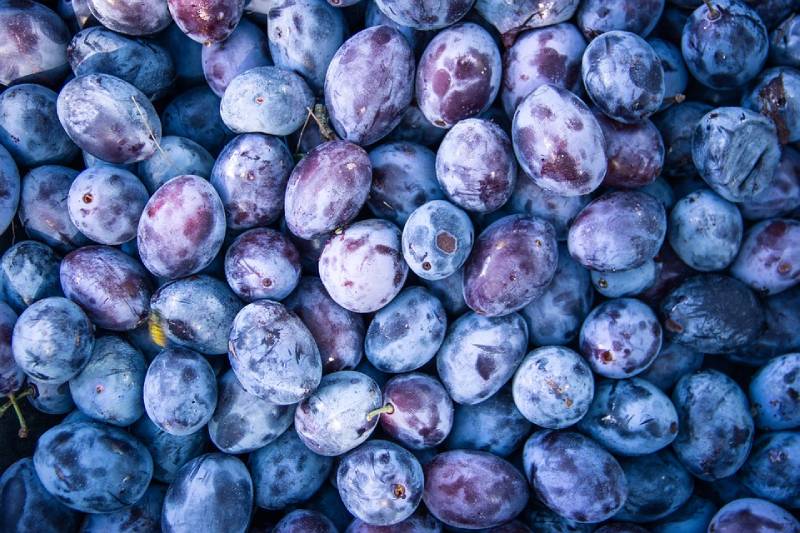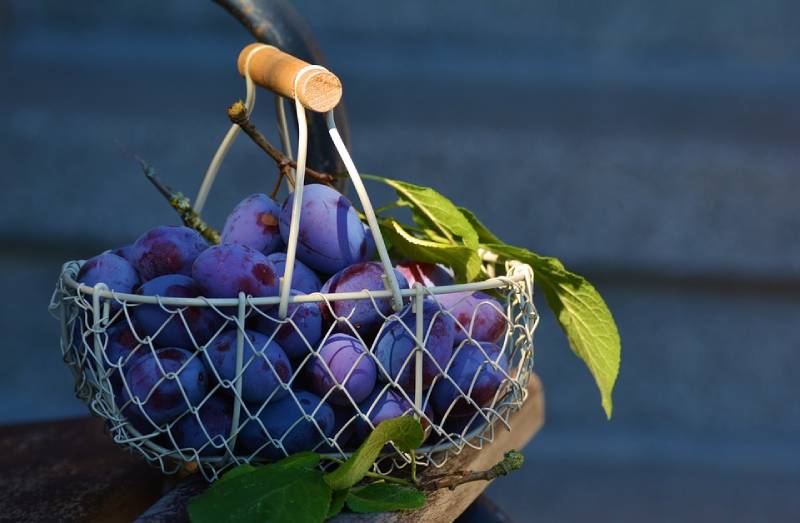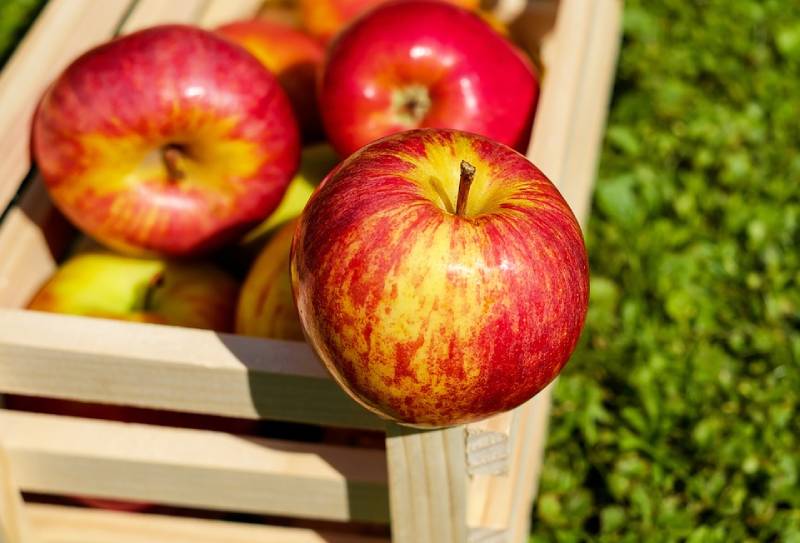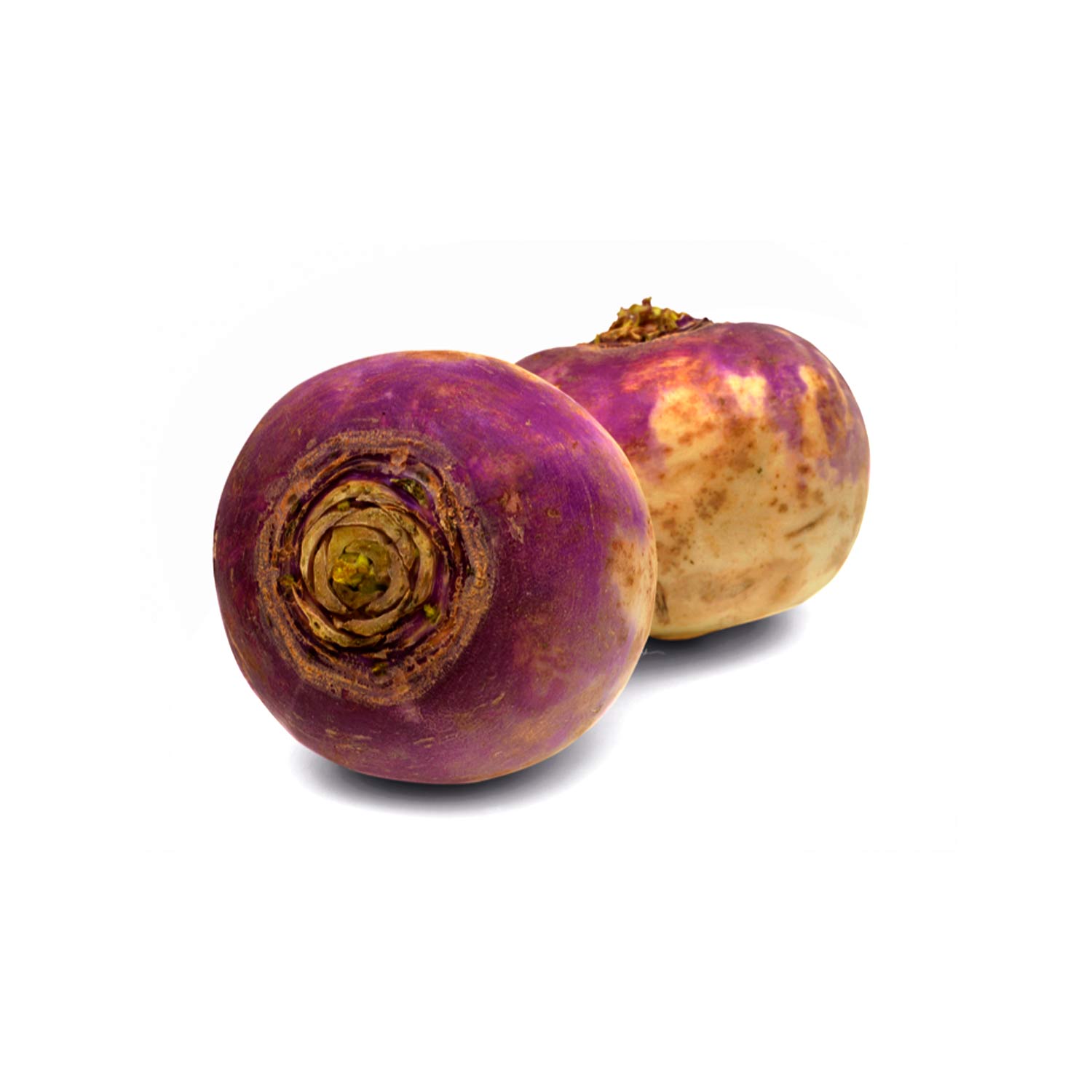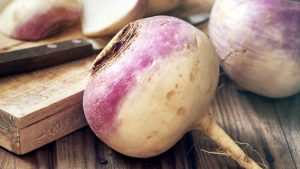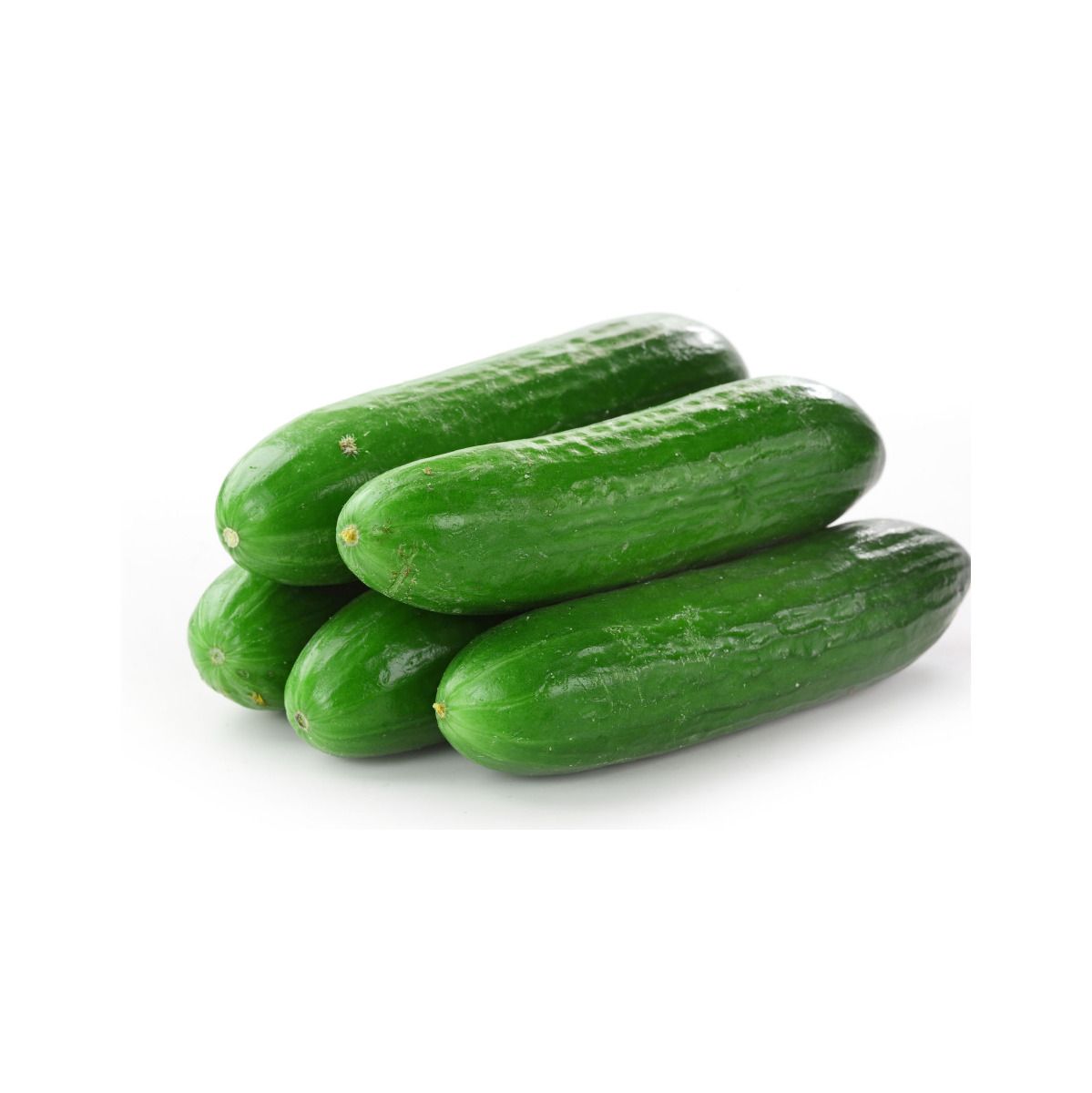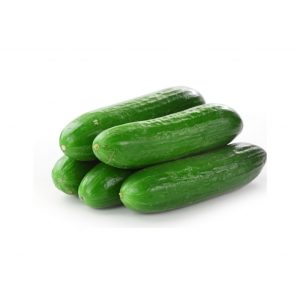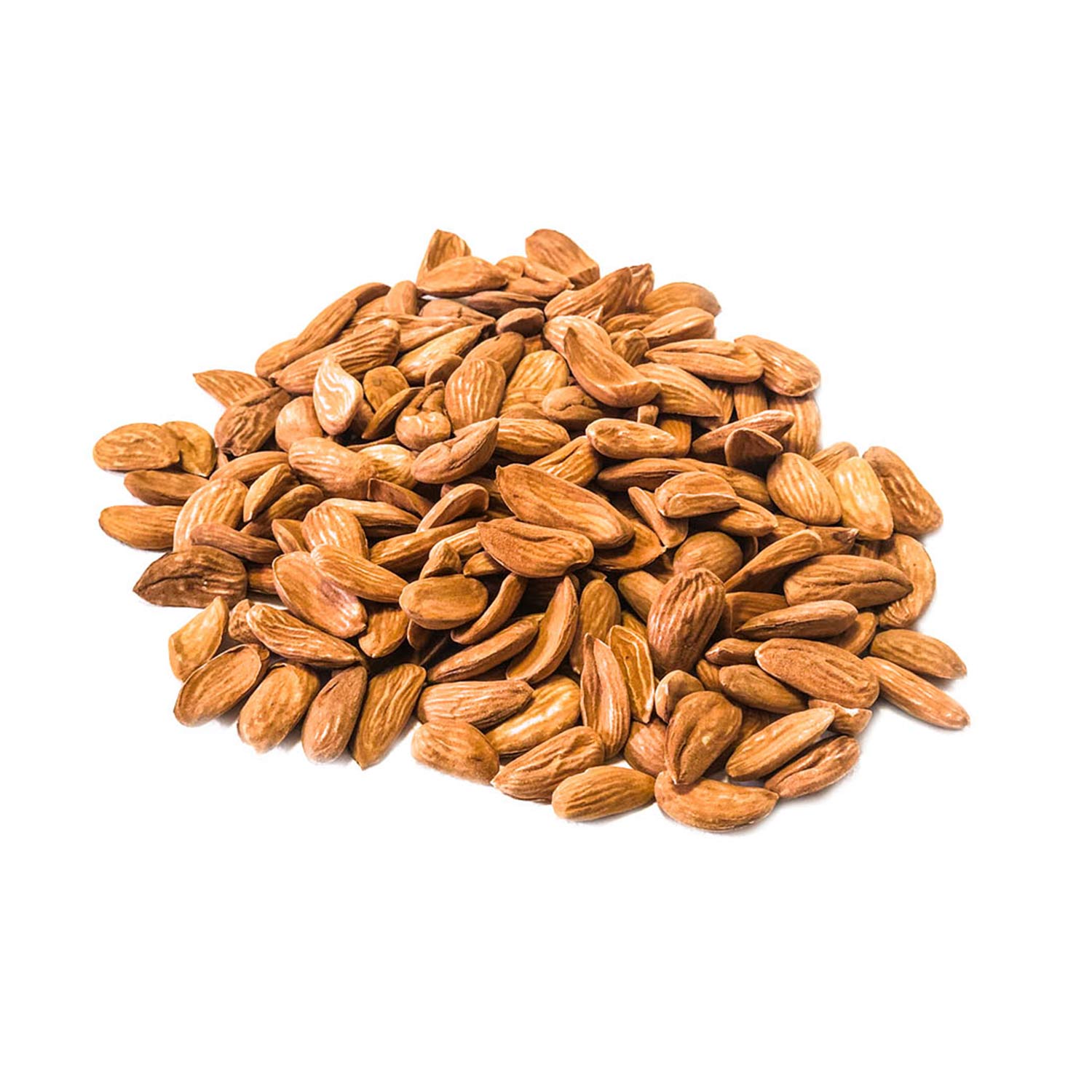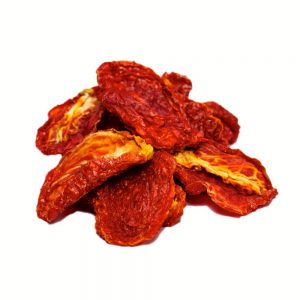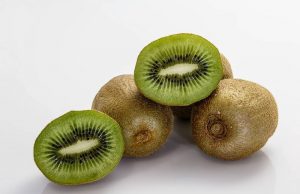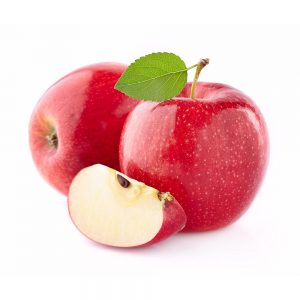Growing Market Opportunity
Dried Exporting Dried plums, also known as prunes, are becoming more popular around the world. They are known for their health benefits and taste. As more people seek natural, nutritious snacks, the demand for dried plums is rising. This article looks at why dried plums are in high demand, the best markets for export, and tips for success.


Why Dried Plums Are in High Demand
Dried plums offer health benefits and a unique taste. As more people focus on healthy eating, they are choosing dried plums. Here are the reasons behind their growing popularity.
1. Health Benefits
Dried plums are rich in fiber, potassium, and vitamin K. They are also known for helping with digestion and relieving constipation. Some studies suggest that dried plums can help improve bone health too. Because of these health benefits, more people are turning to dried plums as part of a healthy diet.
2. Versatility in Cooking
Dried plums can be used in many recipes. You can add them to baked goods, smoothies, salads, or sauces. They also work well as a substitute for sugar. As people look for healthier options, dried plums are becoming a popular choice in cooking. Their sweetness and unique flavor make them a favorite in many dishes.
3. A Convenient Snack
Dried plums are an easy and healthy snack. They are packed with fiber and nutrients. Many people enjoy them as a quick snack during the day. Dried plums are also easy to carry, which makes them a great option for busy lifestyles. With their natural sweetness and health benefits, they are a popular choice for health-conscious eaters.
Key Markets for Exporting Dried Plums
Several markets around the world are growing in demand for dried plums. Here are the key regions where exports are thriving.
1. United Statesplum
The United States is one of the biggest markets for dried plums. More people in the U.S. are choosing healthy snacks. As a result, the demand for dried plums is increasing. Many Americans also use dried plums to support digestion and improve bone health. This makes the U.S. a key market for dried plum exporters.
2. European Union
The European Union is another major market for dried plums. Countries like Germany, France, and the United Kingdom are seeing higher demand for natural and organic foods. As people in Europe focus on healthier eating, the demand for dried plums continues to grow. This presents an excellent opportunity for exporters.
3. Middle East and Asia
The Middle East and parts of Asia are also expanding markets for dried plums. Countries like Iran, Turkey, and India are starting to see more demand for dried plums in both traditional recipes and as a healthy snack. As awareness of healthy eating spreads, the market for dried plums in these regions is expected to grow.
How to Succeed in Exporting Dried Plums
To succeed in the dried plum export market, businesses must focus on quality, regulations, and building strong relationships. Here are three key strategies to help exporters thrive.
1. Maintain High Quality
Quality is crucial when exporting dried plums. Exporters should ensure that the plums are ripe when harvested and properly dried. Packaging should protect the plums from damage and keep them fresh. High-quality products will help exporters build a strong reputation and keep customers happy.
2. Understand Import Rules
Every country has different rules for importing dried fruits. Exporters need to learn about these rules to avoid problems at customs. For example, the United States and the European Union have strict rules about food safety and labeling. By understanding these regulations, exporters can ensure that their products reach their destination without delay.
3. Build Strong Relationships with Buyers
Building strong relationships with buyers is essential. Exporters should be reliable, offer good customer service, and communicate clearly. By understanding the needs of their buyers, exporters can build trust and secure long-term business. Strong relationships lead to repeat orders and a steady income.
https://iranfreshfruit.net/fresh-apricot-suppliers
https://iranfreshfruit.net/cherry-exporters
https://iranfreshfruit.net/cherry-exporters

